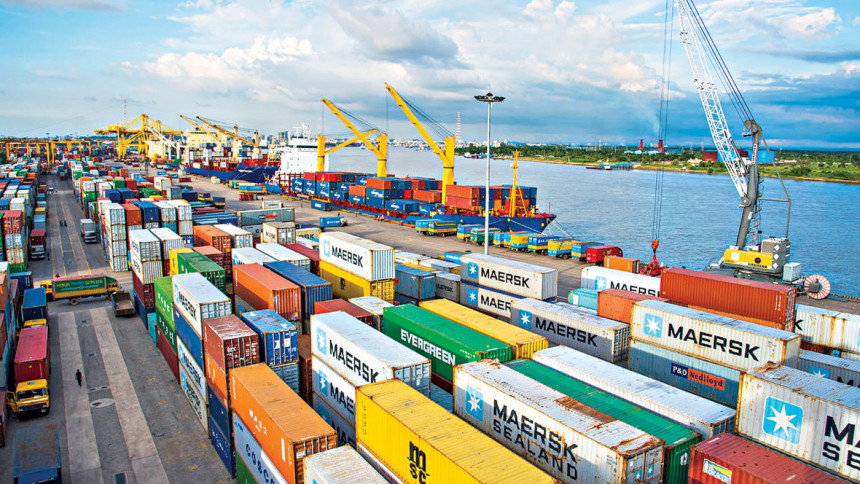
Namibia’s main exported goods
Namibia, a country rich in natural resources, relies heavily on exports as a significant driver of its economy. Its main exported goods include minerals, fish, and agricultural products. Below is an overview of the key commodities exported by Namibia:
1. Minerals and Metals
Namibia is globally renowned for its mineral wealth, with mining being the backbone of its export sector.
Diamonds: Namibia is one of the world’s top diamond producers. These high-value gemstones are mined primarily offshore through marine diamond mining, as well as from land-based deposits. Diamonds account for a substantial portion of the country’s export earnings.
Uranium: Namibia is one of the leading exporters of uranium, essential for nuclear power generation. Major uranium mines like Rossing and Husab contribute significantly to the country’s export revenue.
Zinc and Lead: Namibia exports large quantities of zinc, especially in the form of refined zinc and zinc concentrates. Lead, often found alongside zinc, is another important export.
Copper: Copper concentrates and refined copper are exported, with growing investments in copper smelting facilities boosting the sector.
2. Fish and Fish Products
Namibia’s long Atlantic coastline supports a thriving fishing industry, which is a vital source of export revenue.
Hake: The most significant fish export, highly valued in European and Asian markets.
Pilchards and Horse Mackerel: These are exported in both fresh and processed forms, often to neighboring African countries and beyond.
Lobster and Crustaceans: High-value seafood products like lobster are exported to premium markets, including Europe and Asia.
3. Livestock and Meat Products
Agriculture plays a crucial role in Namibia’s economy, with livestock farming forming a significant part of exports.
Beef: Namibia is known for its high-quality, free-range beef, primarily exported to Europe, China, and South Africa.
Sheep and Goat Meat: Mutton and goat meat are other important livestock products, with the Middle East emerging as a key market.
Live Animals: Namibia exports live cattle, especially to South Africa, for fattening and slaughter.
4. Precious Stones and Semi-Precious Stones
Beyond diamonds, Namibia exports other gemstones like tourmaline and garnets, which are mined from various locations and attract demand from global jewelry markets.
5. Salt and Chemicals
Salt production, particularly from Walvis Bay, is a notable export. The country also exports industrial chemicals derived from its mining processes.
6. Manufactured Goods and Value-Added Products
Namibia has made strides in diversifying its export portfolio by adding value to raw materials. For example:
Processed meat products like canned beef.
Leather goods derived from cattle and game farming.
Semi-processed minerals and refined metals.
7. Charcoal
Namibia is one of the world’s leading producers of high-quality charcoal, used in grilling and industrial heating. The charcoal is primarily exported to Europe.
8. Tourism as an Indirect Export
Though not a tangible export, tourism services generate significant foreign exchange for Namibia. International tourists “import” Namibian experiences, indirectly contributing to the export sector.
Key Trading Partners
Namibia’s main export destinations include:
China: For uranium and other minerals.
European Union: Particularly for fish, diamonds, and beef.
South Africa: A key regional partner for meat, live animals, and manufactured goods.
United States and UAE: For diamonds and precious stones.
Namibia’s reliance on natural resources underscores the need for economic diversification. While mining and fishing dominate exports, sectors like agriculture, manufacturing, and tourism are becoming increasingly important to ensure long-term economic sustainability.



Leave a Reply